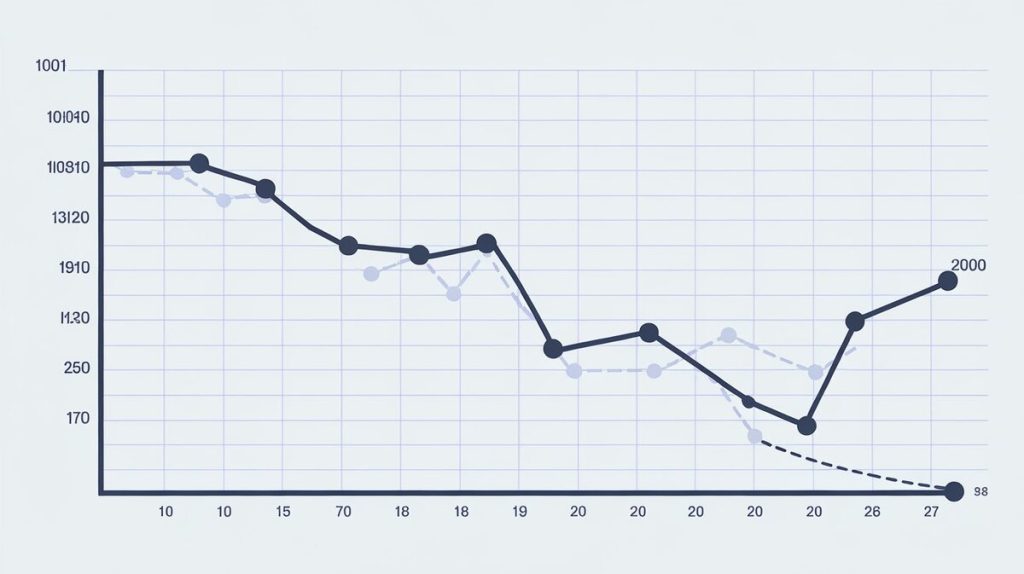Chargebacks are a necessary part of consumer protection, but they can severely impact businesses if not managed properly. Excessive chargebacks lead to revenue loss, penalties, and even account termination. This guide explains key strategies to reduce chargeback ratios using concrete, data-backed methods sourced from authoritative payment processors like Visa and Mastercard.
Understanding Chargeback Ratios
A chargeback ratio is calculated by dividing the number of chargebacks by total transactions within a specific period. Visa and Mastercard recommend maintaining a ratio below 0.65%, and exceeding 1% can lead to penalties, including the closure of your merchant account. For businesses, this metric serves as a health indicator of transaction quality and customer satisfaction.
Major Causes of Chargebacks
Chargebacks are often triggered by a few primary causes:
- Fraudulent Transactions – Unauthorized card usage leads to automatic disputes.
- Product Quality Issues – Chargebacks happen when the product doesn’t meet customer expectations.
- Late or No Delivery – Missing deliveries result in disputes.
- Clerical Mistakes – Errors like double billing also contribute to chargebacks.
Table 1: Key Causes of Chargebacks and Solutions
| Cause | Chargeback Volume % | Mitigation Strategy |
|---|---|---|
| Fraudulent Transactions | 45% | Use AVS, 3D Secure, and CVV verification |
| Product Quality Issues | 25% | Provide accurate descriptions and images |
| Late or No Delivery | 20% | Offer real-time tracking and proof of delivery |
| Clerical Mistakes | 10% | Double-check transactions before processing |

Best Practices to Lower Chargeback Ratios
1. Payment Security Improvements
Fraudulent transactions remain the primary driver of chargebacks. Tools like 3D Secure and CVV verification reduce the chances of unauthorized transactions. The application of these tools can directly lower chargeback instances by up to 30%.
2. Clear Refund and Return Policies
A transparent refund process reduces the risk of chargebacks. According to Visa, chargebacks cost more than refunds. Implementing a user-friendly refund policy can cut chargebacks by up to 15%.
Key actions include:
- Posting return instructions prominently on the website.
- Offering multiple refund methods (full refund, store credit).
- Processing refunds swiftly.
Table 2: Impact of Refund and Return Policies on Chargeback Rates
| Refund Option | Chargeback Reduction Rate | Average Refund Processing Time | Improvement in Customer Satisfaction |
|---|---|---|---|
| Full Refund | 80% | 2-5 business days | 20% |
| Store Credit | 70% | 1-3 business days | 15% |
3. Accurate Product Descriptions and Shipping Information
Customers initiate chargebacks when they feel misled by product descriptions. Friendly fraud, which constitutes up to 86% of chargebacks, often stems from miscommunication between the merchant and customer. Providing accurate product descriptions and real-time shipping updates reduces disputes. Including tracking numbers and delivery proof is crucial to minimizing these errors.
Key steps:
- Use accurate product photos and descriptions.
- Share detailed shipping information, including expected delivery dates.
- Provide customers with tracking numbers as soon as the order ships.
4. Strong Customer Support
Research shows 70% of customers prefer resolving disputes directly with businesses if they receive prompt and satisfactory service. Improving customer service reduces the likelihood of a chargeback.
Actions to take:
- Maintain 24/7 customer support availability (via phone, email, chat).
- Regularly follow up with customers after purchase.
- Respond quickly to complaints or refund requests.
5. Chargeback Monitoring Tools
Monitoring tools offered by Visa and Mastercard provide early detection of high-risk transactions. Merchanto.org, a trusted partner of Visa and Mastercard, helps merchants identify disputes before they result in chargebacks. Merchanto’s advanced solutions allow businesses to track and prevent disputes in real time. More information can be found at Merchanto.org.

Effective Chargeback Mitigation Strategies
1. Monitor Dispute Trends
Payment processors provide real-time reporting that allows businesses to identify patterns in disputes. Monitoring these trends and adjusting business practices helps reduce future chargebacks.
2. Communicate Billing and Subscription Policies
Customers frequently file chargebacks on subscriptions or recurring charges they weren’t aware of. Sending reminders about upcoming bills or subscription renewals reduces disputes by 30%.
Actions:
- Send email reminders before recurring payments.
- Make it easy for customers to cancel subscriptions.
- Offer a clear breakdown of charges on the invoice.
3. Dispute Automation
Automation can streamline the dispute process. Automated chargeback systems save businesses time and reduce the chance of errors. Many merchants using automation report a 20-30% reduction in chargebacks. Automating the chargeback process also helps ensure quick responses to disputes, increasing the likelihood of winning a challenge.
Table 3: Comparison of Chargeback Monitoring Tools
| Tool | Chargeback Reduction Rate | Cost Impact per Transaction | Automation Support |
|---|---|---|---|
| Stripe Radar | 25-30% | Minimal | Yes |
| Visa Dispute Monitoring | 15-25% | Moderate | No |
| Mastercard Excessive Chargeback Program | 20-35% | High | Partial |
Penalties for Exceeding Chargeback Ratios
High chargeback ratios place merchants in “high-risk” categories, subject to monitoring programs. For instance, Visa and Mastercard’s programs impose penalties starting at $50 to $300 per chargeback, with additional fees for excessive disputes. These fines are transferred to merchants through their payment processors, which increases the overall transaction cost.
Final Thoughts
Lowering chargeback ratios requires a targeted, data-driven approach. Strategies like improving payment security, offering clear refunds, and monitoring dispute patterns all contribute to reducing disputes. By utilizing tools from payment processors such as Visa and partners businesses can minimize chargebacks and protect their revenue. The long-term benefits of maintaining a low chargeback ratio—such as lower fees and better customer satisfaction—far outweigh the investment required to prevent disputes.



